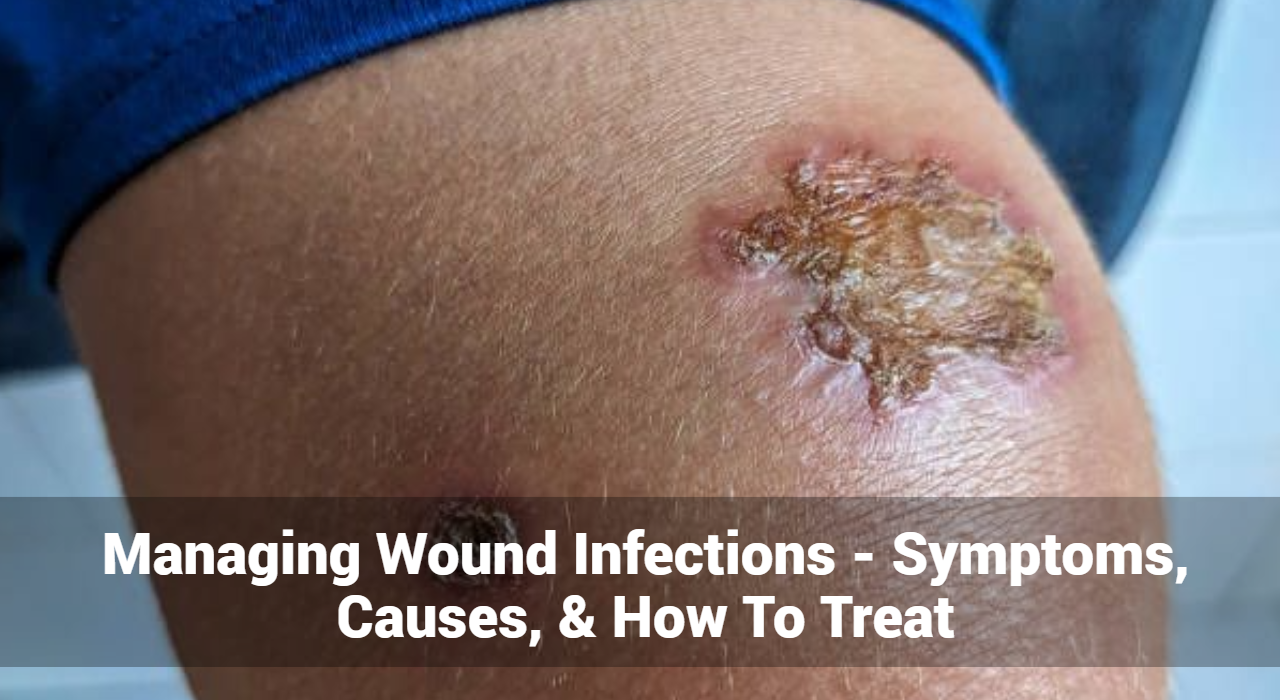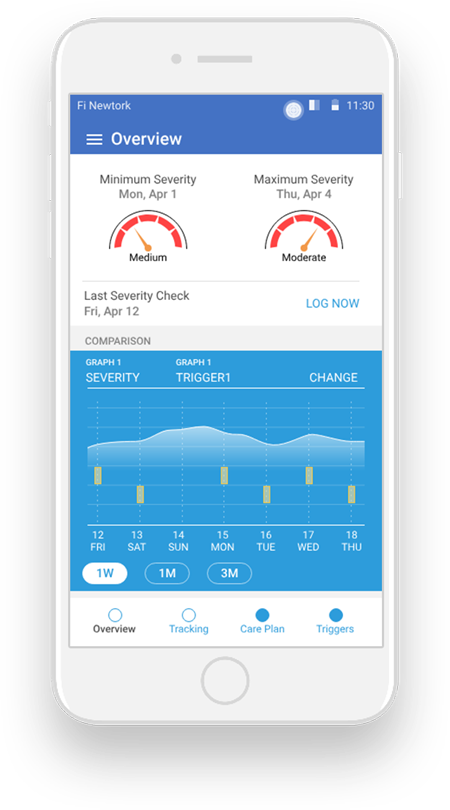Managing Wound Infections – Symptoms, Causes, & How To Treat

Wound infections are a common medical concern that can affect anyone with a cut, scrape, or surgical incision. These infections can lead to serious complications if not properly managed, making it crucial to understand their symptoms, causes, and treatment options. In this comprehensive guide, we will explore every aspect of wound infections to help you recognize, prevent, and treat them effectively.
What Are Wound Infections?
A wound infection occurs when harmful bacteria or other pathogens invade a break in the skin, leading to an inflammatory response. The skin acts as a barrier to protect the body from external threats, and when it is compromised, it can allow microorganisms to enter and cause an infection.
Different Types of Wound Infections
- Superficial Infections: These infections affect only the outer layers of the skin. They are usually less severe and include conditions like impetigo or cellulitis.
- Deep Infections: These involve deeper tissues, including muscles and bones. They can be more serious and include conditions such as osteomyelitis or septic arthritis.
- Surgical Site Infections (SSIs): These occur after surgical procedures and can affect the incision area. They are categorized into three types: superficial, deep, and organ/space infections.
Track and Manage your Eczema treatment using a comprehensive Eczema App
Download Eczemaless now
What Are The Symptoms of Wound Infections?
Identifying the symptoms of a wound infection early is crucial for prompt and effective treatment. Wound infections can range from mild to severe and may present with various signs. Here’s an in-depth look at the symptoms you should be aware of:
- Redness: Redness around the wound is a common early sign of infection. This occurs due to increased blood flow to the area as part of the body’s inflammatory response. If the redness expands beyond the immediate area of the wound, it may indicate that the infection is spreading.
- Swelling: Swelling, or edema, is another key symptom. Inflammation from the infection causes the tissues around the wound to swell. This can make the wound appear larger than initially and may affect nearby areas.
- Heat: The affected area may feel warm or hot to the touch. This increase in temperature is a result of increased blood flow and the body’s response to the infection.
- Pain: Pain or tenderness around the wound is common. The level of pain can vary from mild to severe and is often an indicator of inflammation and irritation in the infected area.
- Pus or Discharge: One of the most telling signs of infection is the presence of pus or other abnormal discharge. Pus is a thick, yellowish fluid that consists of dead cells, bacteria, and tissue debris. Discharge may also be greenish or cloudy and can have a foul odor.
- Fever: Infections can lead to systemic symptoms like fever. A rise in body temperature can be a sign that the infection is affecting the whole body. Fever often accompanies other symptoms like chills and general malaise.
- Increased Wound Size: An infected wound might start to grow or fail to heal as expected. If the wound seems to be expanding or if the edges look swollen and irregular, it may be a sign of infection.
- Delayed Healing: Wounds that do not show signs of improvement or continue to deteriorate despite proper care might be infected. Healing delays can be an indication that the infection is preventing the wound from closing properly.
- Discolored Skin: The skin around the wound might change color, appearing darker or purplish. This can indicate a more severe infection or compromised blood flow to the area.
- General Malaise: In some cases, an infection can cause a general feeling of illness or unwellness. This can include symptoms like fatigue, weakness, and a lack of appetite.
What Causes of Wound Infections?
Several factors can contribute to the development of a wound infection:
- Bacteria: The most common pathogens include Staphylococcus aureus, including methicillin-resistant Staphylococcus aureus (MRSA), and Streptococcus species. These bacteria are often found on the skin and can invade through breaks in the skin.
- Fungi: In some cases, fungi like Candida can cause infections, particularly in people with weakened immune systems.
- Viruses: Although less common, viral infections can occur, especially in immunocompromised individuals.
- Poor Wound Care: Inadequate cleaning, improper dressing, and failure to monitor the wound can increase the risk of infection.
- Underlying Health Conditions: Diabetes, vascular disease, and immune system disorders can impair the body’s ability to heal and fight infections.
- Foreign Bodies: Objects such as splinters or surgical implants left in the wound can harbor bacteria and lead to infection.
GET IN CONTROL OF YOUR ECZEMA
Use our AI tool to check the severity of Eczema and keep track of your Eczema progress.
What Are The Treatment Options of Wound Infections?
The treatment of wound infections depends on the severity and type of infection. Here are common approaches:
1. Cleaning the Wound
- Initial Cleaning: Use clean water or saline solution to gently clean the wound. Avoid using hydrogen peroxide or iodine, as these can damage healthy tissue.
- Debridement: In some cases, removal of dead tissue or foreign bodies may be necessary.
2. Antibiotic Therapy
- Topical Antibiotics: For superficial infections, topical antibiotics like mupirocin or bacitracin may be prescribed.
- Oral Antibiotics: More severe or deep infections may require oral antibiotics. Your healthcare provider will choose an antibiotic based on the specific bacteria involved.
3. Surgical Intervention
- Incision and Drainage: If an abscess forms, a procedure to drain the pus may be required.
- Surgical Debridement: For deep infections or necrotizing fasciitis, surgical removal of infected tissue may be necessary.
4. Wound Care
- Dressing Changes: Regularly change the wound dressing to keep the wound clean and dry.
- Monitoring: Keep an eye on the wound for signs of worsening infection or complications.
5. Pain Management
- Analgesics: Over-the-counter pain relievers like ibuprofen or acetaminophen can help manage pain and inflammation.
6. Managing Underlying Conditions
- Diabetes Management: Control blood sugar levels to aid in wound healing.
- Improving Circulation: Address vascular issues to promote healing.
How Can You Prevent From Wound Infections?
Preventing wound infections is essential, especially for those with chronic conditions or those undergoing surgery. Here are some tips:
- Proper Wound Care: Clean wounds immediately and apply antiseptic if recommended. Keep the wound covered with a sterile bandage.
- Hygiene: Practice good hand hygiene to avoid transferring bacteria to wounds.
- Healthy Lifestyle: Maintain a balanced diet, stay hydrated, and avoid smoking to support overall health and immune function.
- Monitor Chronic Conditions: Manage chronic diseases like diabetes to prevent complications.
When to Seek Medical Attention
Not all wounds will develop infections, but it’s important to seek medical help if you experience any of the following:
- Persistent Symptoms: Symptoms of infection that do not improve with basic care.
- Severe Pain: Intense pain that worsens over time.
- Fever: A high fever or chills along with the wound infection.
- Rapidly Worsening Condition: Signs that the infection is spreading or worsening.
Conclusion
Wound infections, while common, require careful attention to avoid serious complications. By understanding the symptoms, causes, and treatments, you can take proactive steps to manage and prevent these infections. Always consult a dermatologist or medical advice if you have concerns about a wound infection, especially if symptoms are severe or persistent. Proper wound care, timely treatment, and attention to underlying health conditions are key to a successful recovery.
Track and Manage your Eczema treatment using a comprehensive Eczema App
Download Eczemaless now



